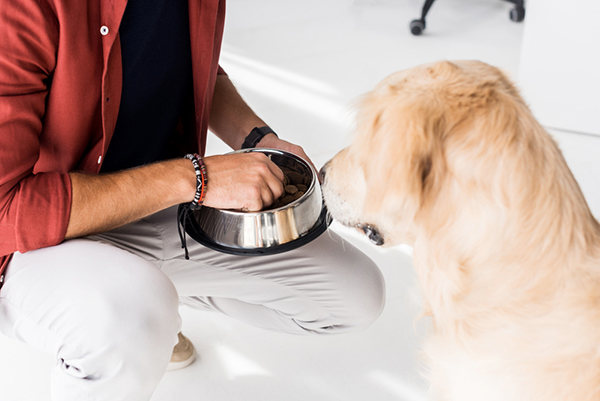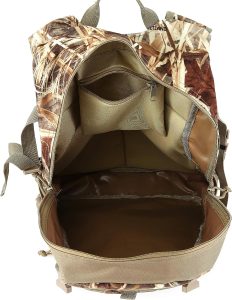Contents
- How to Safely Force Feed a Dog
- Understanding the Need for Force Feeding
- Consulting with a Veterinarian
- Preparing for Force Feeding
- Choosing the Right Feeding Method
- Gathering the Necessary Tools
- Creating a Calm Environment
- Implementing Positive Reinforcement
- Ensuring Proper Restraint
- Administering Food Gradually
- Observing and Monitoring the Dog’s Reaction
Are you looking for a safe and effective way to nourish your furry friend? Introducing “How to Safely Force Feed a Dog” – a comprehensive guide that provides you with the knowledge and techniques to ensure your dog receives the nutrition it needs, even in challenging situations. With step-by-step instructions and expert tips, this product equips you with the tools to navigate the tricky process of force feeding, making mealtime a stress-free experience for both you and your four-legged companion.
How to Safely Force Feed a Dog

Understanding the Need for Force Feeding
Force feeding a dog is not an ideal situation, but sometimes it becomes necessary when a dog is unable to eat on its own due to various reasons such as illness, injury, or surgery. It is essential to understand that force feeding should only be considered as a last resort, when all other methods of encouraging the dog to eat have been exhausted. Force feeding should only be done under the guidance and supervision of a veterinarian to ensure the safety and well-being of the dog.
Consulting with a Veterinarian
Before proceeding with force feeding, it is crucial to consult with a veterinarian to determine the underlying reason for the dog’s inability to eat. The veterinarian will be able to diagnose the condition and recommend appropriate treatments or procedures if necessary. It is essential to follow the veterinarian’s instructions and seek their advice throughout the force feeding process to ensure the dog’s health and recovery.
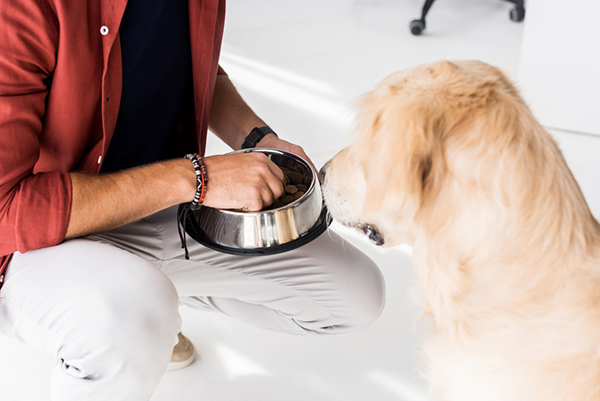
Preparing for Force Feeding
Preparing for force feeding involves creating a safe and comfortable environment for both the dog and the person feeding it. It is essential to gather all the necessary supplies and tools before starting the process. These may include a syringe or feeding tube, soft and nutritious food prescribed by the veterinarian, towels or blankets for restraint, gloves for hygiene purposes, and any medications or supplements as directed by the veterinarian.
Choosing the Right Feeding Method
There are two primary methods of force feeding a dog: syringe feeding and tube feeding. Syringe feeding involves manually injecting small amounts of food into the dog’s mouth using a syringe, while tube feeding involves inserting a feeding tube directly into the dog’s stomach or esophagus. The choice of feeding method will depend on the dog’s specific condition and the veterinarian’s recommendation. It is crucial to carefully follow the instructions provided by the veterinarian to ensure the safety and effectiveness of the chosen feeding method.

Gathering the Necessary Tools
To successfully force feed a dog, it is important to gather all the necessary tools beforehand. This includes a syringe or feeding tube, as well as the prescribed soft and nutritious food. The syringe should be of an appropriate size for the dog, allowing for precise measurement and controlled delivery of the food. It is important to ensure that all tools are clean and sterile to prevent any risk of infection. Following the veterinarian’s instructions regarding the type and quantity of food to be administered is essential to provide adequate nutrition to the dog.
Creating a Calm Environment
Force feeding can be a stressful experience for both the dog and the person feeding it. Therefore, it is important to create a calm and quiet environment to minimize any additional anxiety. Choose a location that is familiar to the dog and free from distractions or loud noises. Dimming the lights and playing soothing music can further help to create a calming atmosphere. It is important to approach the feeding process with a patient and reassuring demeanor to alleviate any stress the dog may feel.
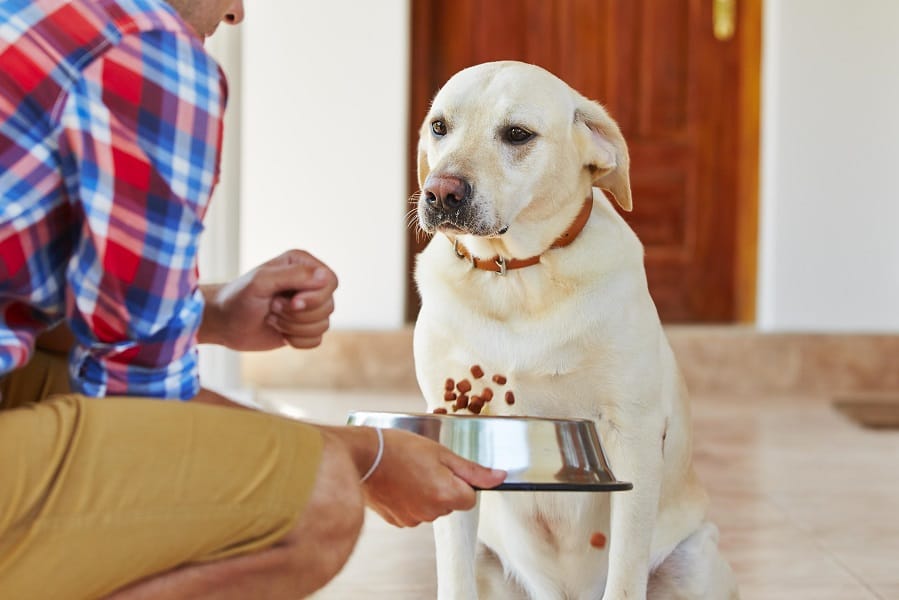
Implementing Positive Reinforcement
Positive reinforcement can play a crucial role in making force feeding a more positive experience for the dog. Before starting the feeding process, reward the dog with praise, petting, or treats to establish a positive association with the act of eating. Throughout the feeding, offer gentle encouragement and reassurance to the dog. It is important to remain patient and understanding, providing positive reinforcement whenever the dog cooperates or shows signs of progress. This will help to build trust and make the force feeding process less stressful for the dog.
Ensuring Proper Restraint
Proper restraint is essential during force feeding to ensure the safety of both the dog and the person feeding it. Wrapping the dog in a towel or blanket can provide them with a sense of security while preventing any sudden movements. It is important to gently but firmly hold the dog’s head to prevent any resistance or attempts to escape. Maintaining a calm and confident demeanor will help to establish control and prevent any unnecessary struggle or stress during the feeding process.
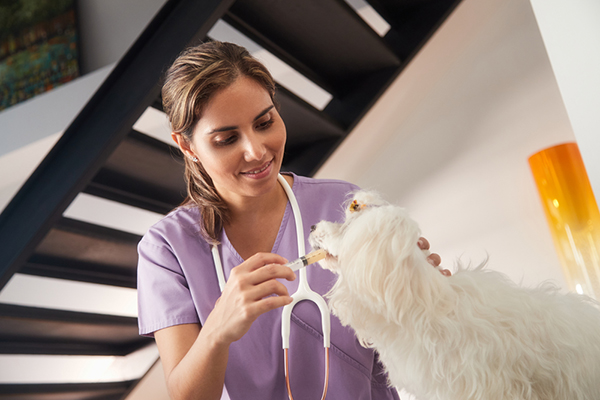
Administering Food Gradually
When force feeding a dog, it is crucial to administer the food gradually to avoid overwhelming their system. Small amounts of food should be delivered slowly and steadily to allow the dog to digest and process it properly. Pay close attention to the dog’s reaction and adjust the feeding pace accordingly. If the dog shows signs of discomfort or distress, it is important to stop the feeding and consult with the veterinarian for further guidance. Ensuring that the dog receives adequate hydration during the force feeding process is also crucial for their overall well-being.
Observing and Monitoring the Dog’s Reaction
Throughout the force feeding process, it is essential to carefully observe and monitor the dog’s reaction. Look for any signs of improvement or worsening of their condition. Note any changes in appetite, behavior, or physical health. It is important to communicate these observations to the veterinarian and seek their guidance if necessary. Regular check-ups and follow-up appointments will allow the veterinarian to assess the dog’s progress and make any necessary adjustments to the force feeding plan.
Remember, force feeding a dog should only be done as a last resort and under the guidance of a veterinarian. Every dog is different, and their specific condition should be taken into account when implementing a force feeding plan. With patience, proper techniques, and the support of a veterinarian, force feeding can help provide critical nutrition and aid in the recovery of a dog in need.

